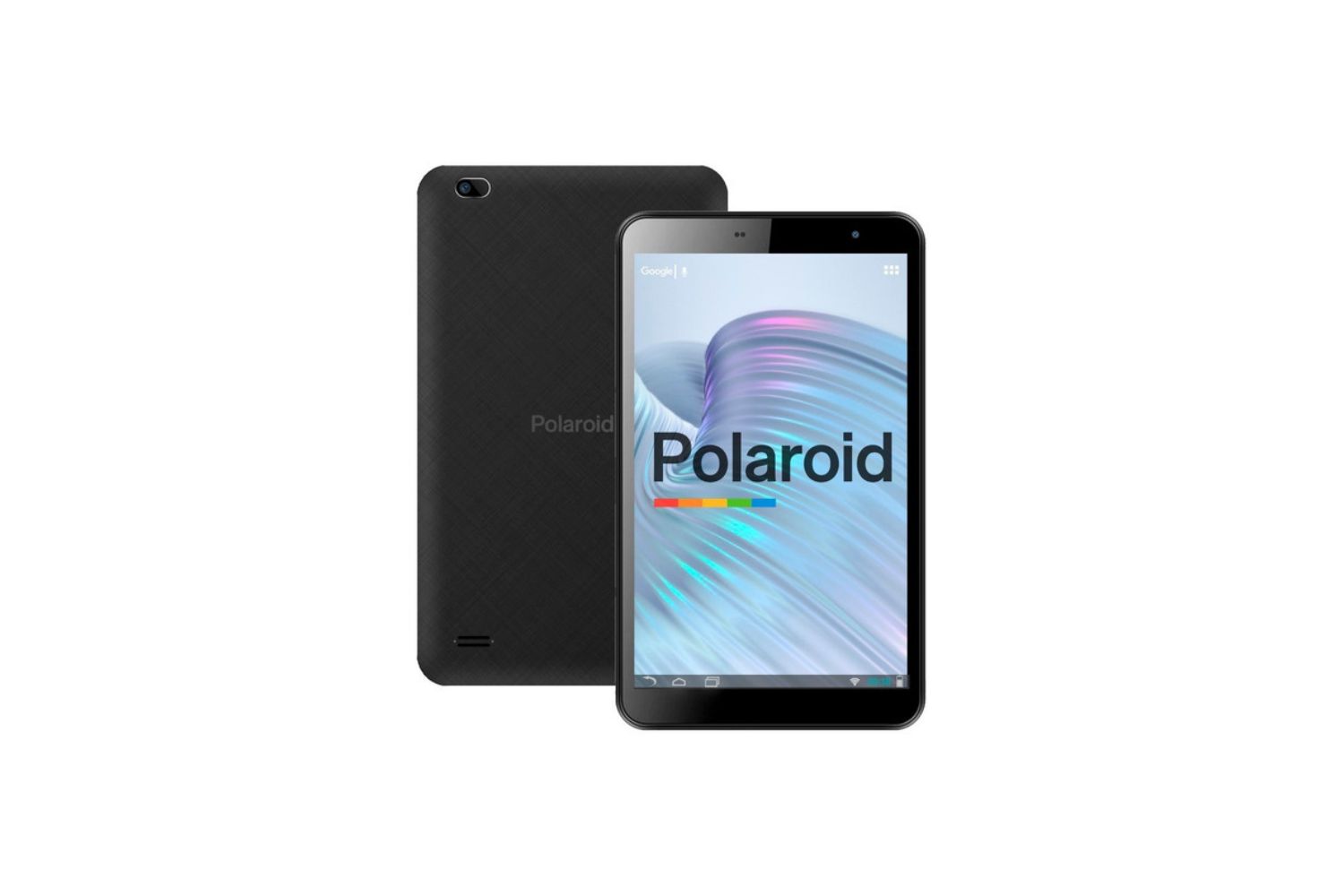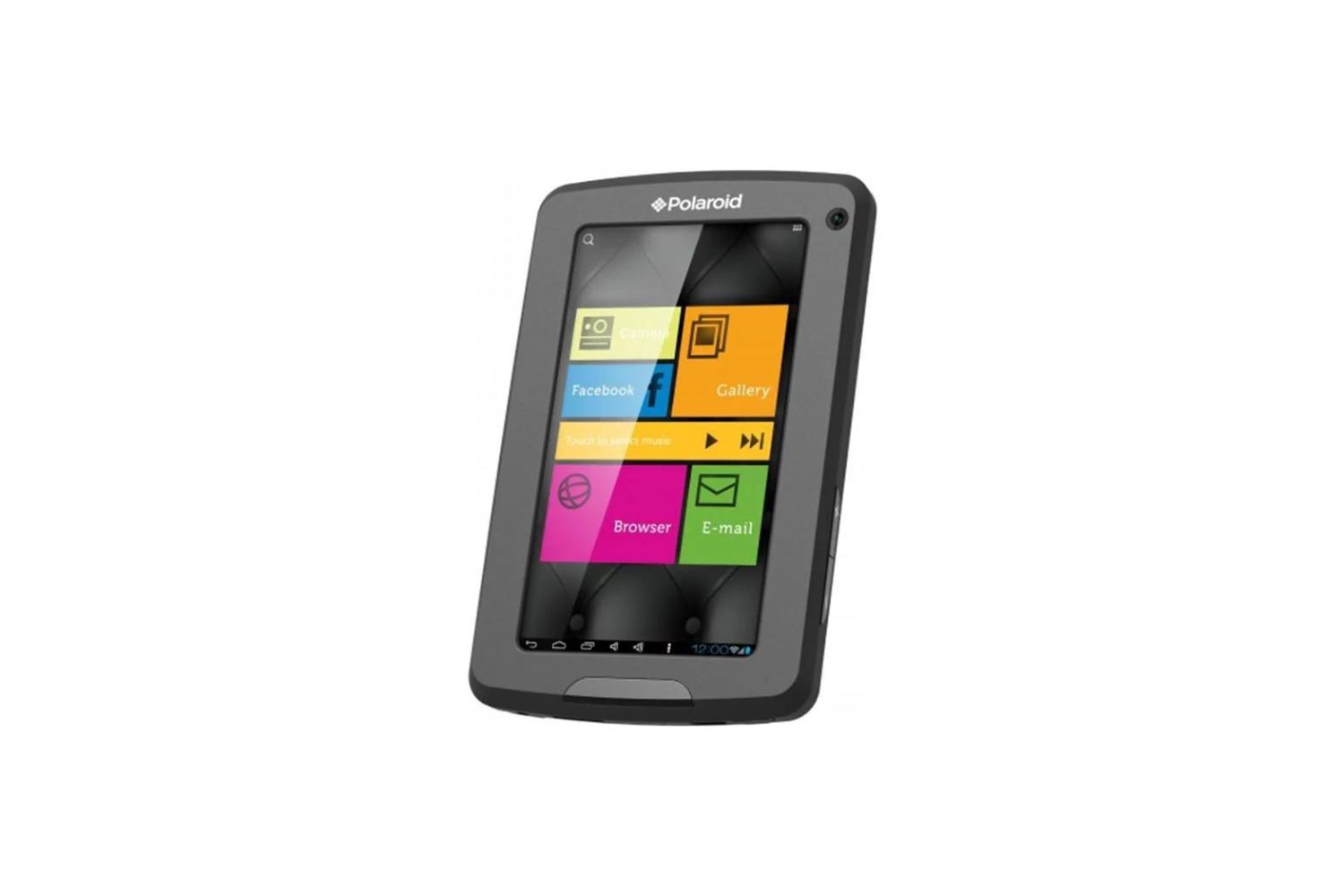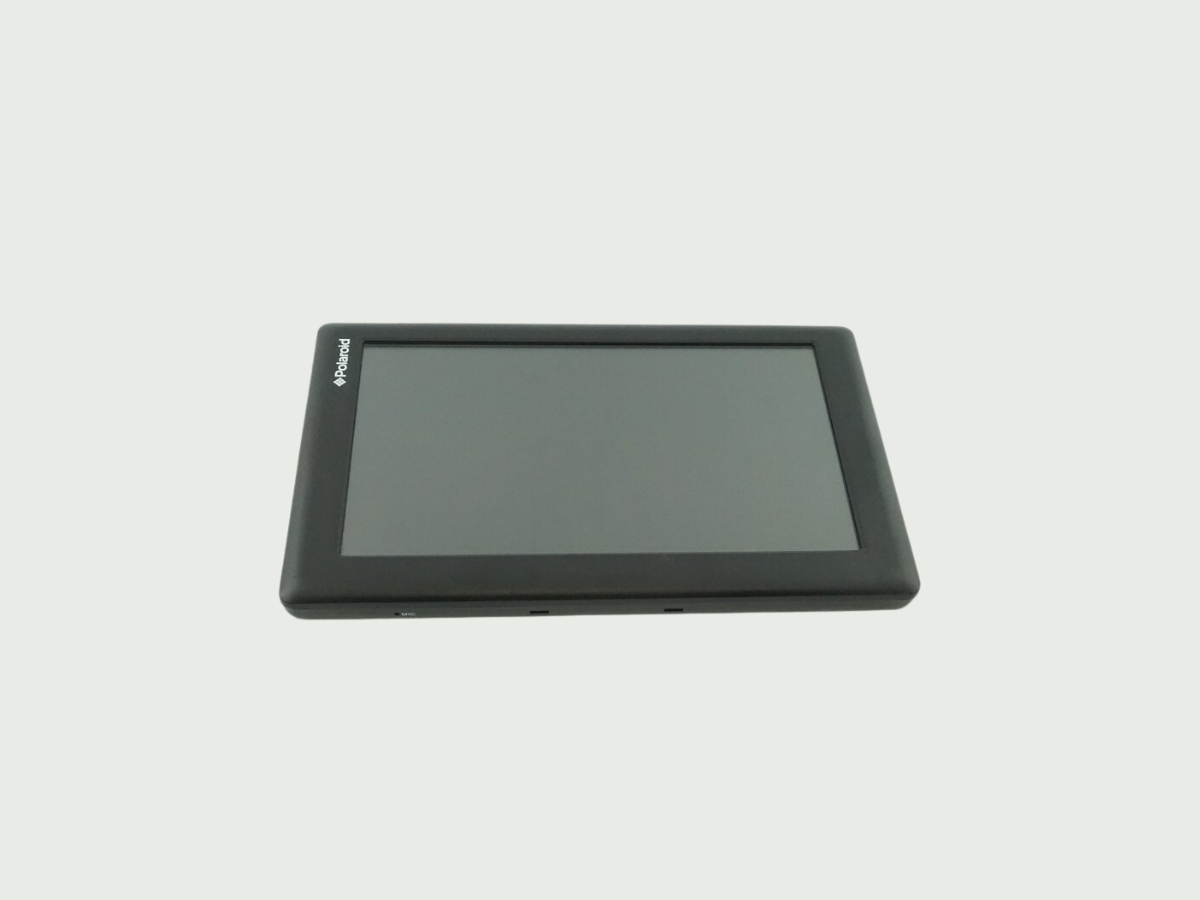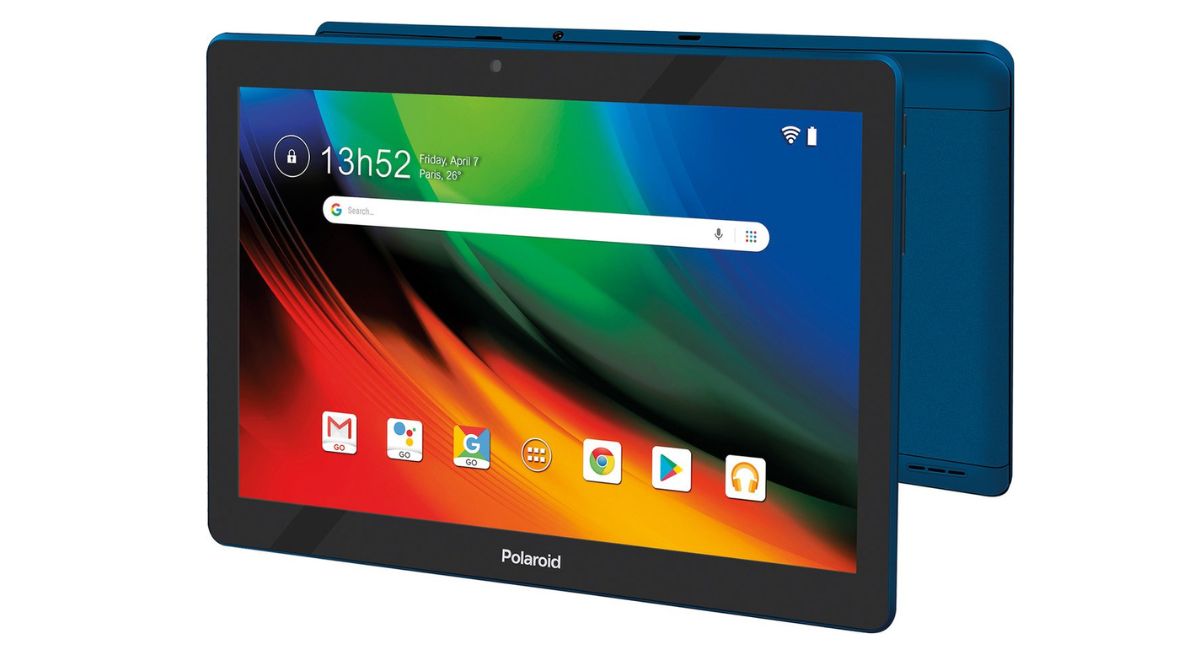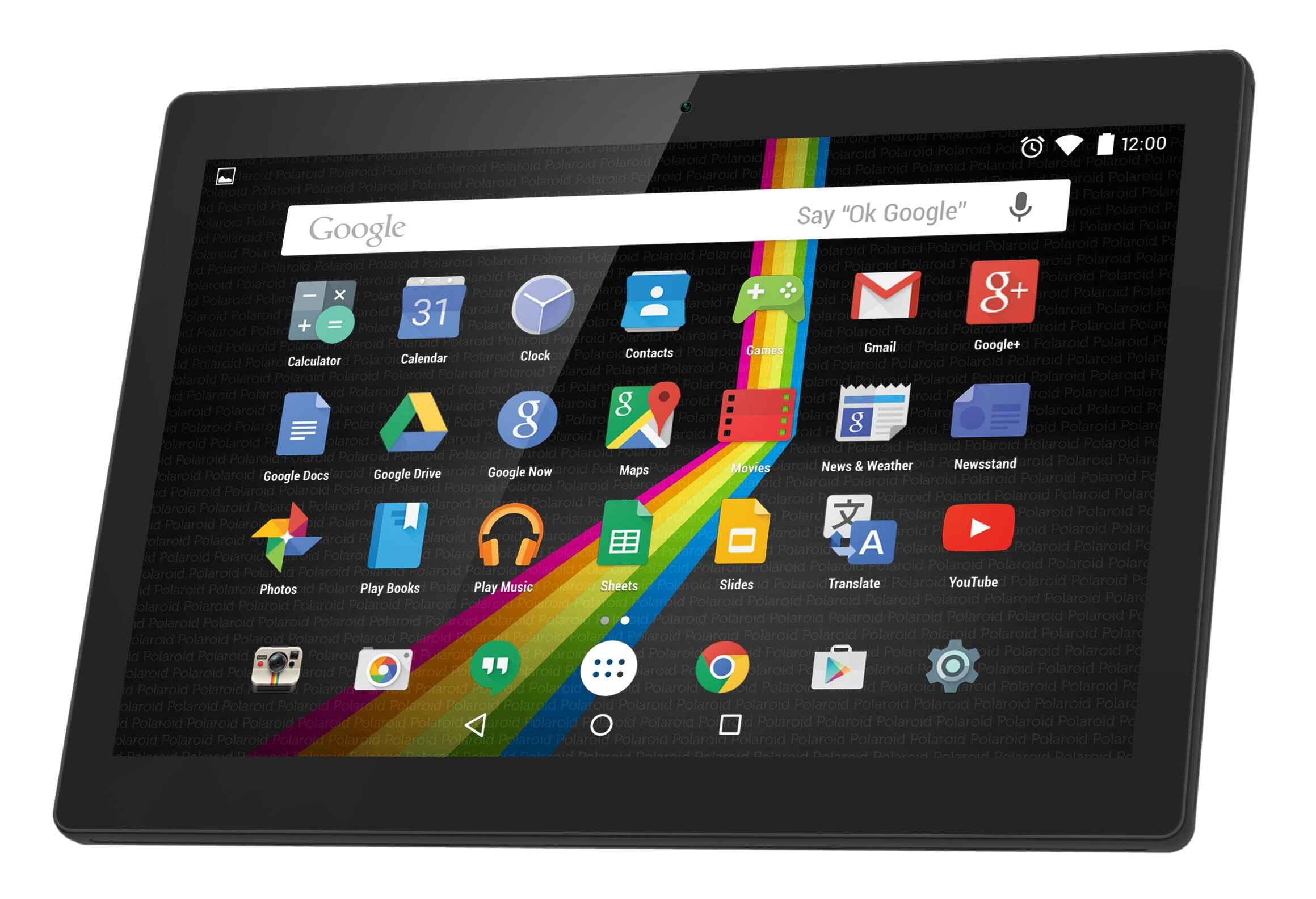Introduction
Welcome to the guide on how to reset your Polaroid tablet. If you are experiencing issues with your tablet such as freezing, sluggish performance, or unresponsive apps, a reset may be the solution. Resetting your tablet can help to resolve software glitches and restore it to its original factory settings, improving its overall performance.
Polaroid tablets are known for their affordability and user-friendly interface, making them a popular choice among tablet users. However, just like any other electronic device, they can encounter occasional issues that require troubleshooting. Fortunately, performing a reset on your Polaroid tablet is a relatively simple process that can be done by following a few steps.
In this guide, we will walk you through the different methods of resetting your Polaroid tablet. From backing up your important data to executing a factory, soft, or hard reset, we will provide you with step-by-step instructions to ensure a successful reset. Regardless of which method you choose, it is essential to understand that a reset will erase all data and settings on your tablet, so it’s crucial to back up any important information beforehand.
By the end of this guide, you will have a clear understanding of how to effectively reset your Polaroid tablet and troubleshoot any software-related issues that you may encounter. So, let’s dive in and explore the various methods of resetting your tablet, allowing you to get back to using your device smoothly and efficiently.
Reasons to Reset a Polaroid Tablet
There are several reasons why you may need to reset your Polaroid tablet. Over time, tablets can become sluggish or encounter software glitches that can affect their performance. Resetting your tablet can help in the following situations:
- Fixing Performance Issues: If you notice that your Polaroid tablet is running slow, apps are freezing, or the device is unresponsive, a reset can help to resolve these performance issues. By wiping the device’s memory and restoring it to its original settings, you can improve its speed and responsiveness.
- Resolving App Crashes: If you frequently experience app crashes on your tablet, a reset can help to fix this issue. It clears out any temporary files or conflicting settings that may be causing the crashes, allowing you to use your favorite apps without interruptions.
- Removing Malware or Viruses: If you suspect that your Polaroid tablet is infected with malware or viruses, a reset can effectively remove them. As part of the reset process, your tablet will erase all data, including any malicious software that may have been lurking in the background.
- Fixing Software Glitches: If you encounter persistent software glitches on your tablet, such as screen freezes or unresponsive touch controls, resetting can help to resolve these issues. It clears out any corrupt system files or settings that may be causing the glitches, allowing your tablet to function smoothly again.
- Preparing for Resale or Donation: If you plan to sell or donate your Polaroid tablet, it is essential to reset it to protect your personal data. A reset ensures that all your personal information, including accounts, passwords, and stored data, is permanently erased, providing you with peace of mind.
By understanding the various reasons to reset your Polaroid tablet, you can determine if a reset is necessary to improve its performance, resolve issues, or prepare it for a new owner. However, before proceeding with a reset, it’s crucial to back up any important data to avoid permanent loss.
Backup Important Data
Before you proceed with resetting your Polaroid tablet, it is crucial to backup any important data that you want to retain. Performing a reset will erase all data and settings on your tablet, returning it to its factory default state. By creating a backup, you can ensure that your valuable files, such as photos, videos, contacts, and documents, are safely preserved.
There are a few different methods you can use to backup the data on your Polaroid tablet:
- Cloud Storage: One of the easiest and most convenient ways to backup your data is to utilize cloud storage services. Popular options include Google Drive, Dropbox, or iCloud (depending on your tablet’s operating system). Simply sign up for an account, install the corresponding app, and choose the files and folders you want to back up. Your data will then be stored securely in the cloud, accessible from any device with internet access.
- External Storage: Another option is to transfer your data to an external storage device, such as a USB flash drive or an external hard drive. Connect the storage device to your tablet using a compatible cable or adapter, and then copy and paste the files you want to backup onto the device. This method is useful if you have a large amount of data to backup or if you prefer physical storage options.
- Transfer to Computer: If you have a computer or laptop, you can connect your Polaroid tablet to it using a USB cable. Once connected, your tablet will appear as an external device in File Explorer (Windows) or Finder (Mac). You can then manually copy and paste the files and folders you want to backup from your tablet to your computer’s hard drive. This method is especially useful if you want to organize and categorize your files on your computer before transferring them to cloud storage or external devices.
Remember to double-check and verify that all your important files have been successfully backed up before proceeding with the reset process. It is better to be safe than sorry, as a reset will irreversibly erase all data on your tablet.
Once you have completed the backup process, you can confidently move forward with resetting your Polaroid tablet to troubleshoot any issues and improve its overall performance. The next sections will guide you through the various methods of resetting your tablet, ensuring a smooth and successful reset.
Factory Reset
A factory reset is a thorough and comprehensive way to reset your Polaroid tablet to its original factory settings. It erases all data, including apps, settings, and personal files, returning the device to its initial state when you first purchased it. This method is useful when you want to completely wipe your tablet and start fresh, eliminating any software-related issues that may be causing problems.
Before proceeding with a factory reset, make sure to backup any important data as mentioned in the previous section. Once you have completed the backup process, you can follow these steps to perform a factory reset on your Polaroid tablet:
- Open the “Settings” app on your tablet. You can usually find it in the app drawer or by swiping down from the top of the screen and tapping the gear icon.
- Scroll down and look for the “Backup & Reset” or “System” category.
- Tap on “Factory Reset” or “Reset” option. This may vary depending on your tablet’s model and Android version.
- Read the on-screen instructions and warnings carefully, as a factory reset will erase all data on your tablet.
- Confirm your decision to perform a factory reset. This may require entering your tablet’s passcode or pattern lock.
- Wait for the reset process to complete. This may take a few minutes, and your tablet may restart multiple times during the process.
- Once the reset is finished, your Polaroid tablet will be restored to its original factory settings. You can then set it up as a new device, reinstall your apps, and restore your data from the backup you created.
Performing a factory reset can be helpful if your Polaroid tablet is experiencing persistent issues or if you plan to sell or give away the device. It offers a fresh start by wiping all user data and returning the tablet to its default state.
However, it is important to note that a factory reset cannot fix hardware-related problems. If your tablet is experiencing physical issues, it may require professional repair or replacement.
Now that you are familiar with how to perform a factory reset on your Polaroid tablet, let’s explore other methods, such as soft reset and hard reset, which may be suitable for specific situations.
Soft Reset
A soft reset, also known as a reboot or restart, is a simple and quick method to resolve minor issues on your Polaroid tablet without erasing any data. It is similar to restarting a computer and can help in situations such as unresponsive apps, frozen screens, or temporary software glitches.
To perform a soft reset on your Polaroid tablet, follow these steps:
- Press and hold the power button on your tablet for a few seconds until a menu appears on the screen.
- Select the “Restart” or “Reboot” option from the menu. This may be labeled differently depending on your tablet’s model and software version.
- Wait for your tablet to power off and then power back on. This may take a few moments.
- Once your tablet has restarted, check if the issue you were experiencing has been resolved.
Performing a soft reset is a non-destructive method that can help refresh your tablet’s system and clear out any temporary glitches that may be interfering with its performance. It is a handy troubleshooting step that you can try before opting for more drastic measures like a factory reset.
However, if the issue persists after performing a soft reset, you may need to consider other methods such as a factory reset or a hard reset, which will be covered in the following sections.
Now that you know how to perform a soft reset on your Polaroid tablet, let’s explore the more advanced method of a hard reset, which can be used in situations where a soft reset or factory reset did not resolve the issue.
Hard Reset
A hard reset, also known as a master reset or a factory hard reset, is a more advanced method to reset your Polaroid tablet. It is useful when you encounter persistent issues that cannot be resolved with a soft reset or a factory reset. A hard reset will erase all data on your tablet and restore it back to its original factory settings, similar to a factory reset.
Before proceeding with a hard reset, make sure you have backed up any important data from your tablet as mentioned earlier. Once you have completed the backup process, follow these steps to perform a hard reset on your Polaroid tablet:
- Ensure your tablet is powered off.
- Press and hold the volume up (+) button and the power button simultaneously.
- Continue holding both buttons until the Polaroid logo appears on the screen.
- Release the buttons and wait for the Android System Recovery menu to appear.
- Use the volume down (-) button to navigate through the menu options and highlight “Wipe data/factory reset.”
- Press the power button to select the option.
- Confirm your decision by selecting “Yes – delete all user data.”
- Wait for the reset process to complete. This may take a few minutes.
- Once the reset is finished, the menu will reappear. Use the volume buttons to navigate to the “Reboot system now” option.
- Press the power button to restart your tablet.
Note that the exact key combinations and menu options may vary depending on your tablet’s model and software version. Refer to your tablet’s user manual or the Polaroid website for specific instructions if needed.
A hard reset should only be done as a last resort when all other troubleshooting methods have failed to resolve the issue. By performing a hard reset, you are essentially starting your tablet from scratch, so it’s important to reconfigure your settings and reinstall apps after the reset is complete.
Now that you know how to perform a hard reset on your Polaroid tablet, let’s move on to the next section to discuss post-reset steps and recommendations to ensure a smooth transition.
Post Reset Steps
After performing a reset on your Polaroid tablet, there are a few important steps and recommendations to follow to ensure a smooth transition and minimize any disruptions. Here are the post-reset steps you should take:
- Set Up Wi-Fi and Google Account: Connect your tablet to a Wi-Fi network and sign in with your Google account. This will enable you to access the Play Store, sync your data, and download your previously installed apps.
- Reinstall Apps and Restore Data: Visit the Play Store or your preferred app store to reinstall your favorite apps. You can also restore your data from the backup you created earlier, whether it’s from cloud storage or an external device.
- Apply Software Updates: Check for any available software updates for your tablet. Installing the latest updates ensures that you have the latest features and bug fixes, improving your tablet’s performance and security.
- Customize Settings: Personalize your tablet by adjusting various settings to your preferences. This includes setting up wallpapers, screen lock methods, notifications, sound profiles, and more.
- Install Essential Apps: Install essential apps that you frequently use, such as messaging, email, social media, and productivity apps. Remember to select quality and trusted apps from reputable sources.
- Set Up Security Measures: Enable security measures to protect your tablet and data. This can include setting a strong password, enabling two-factor authentication, and installing an antivirus or security app.
- Organize and Transfer Data: Take the opportunity to organize your files, photos, and other data in a logical manner on your tablet. You can also transfer any remaining data from your computer or external storage devices if needed.
- Regularly Back Up Your Data: To avoid future data loss, get into the habit of regularly backing up your tablet’s data. Utilize cloud storage or external devices to safeguard your important files and documents.
By following these post-reset steps, you can ensure that your Polaroid tablet is fully set up, optimized, and ready for use. It’s also a good time to review your app usage and remove any unnecessary apps, which can help improve performance and free up storage space.
Remember, performing a reset is a troubleshooting step that can resolve software-related issues. However, if you continue to experience persistent hardware issues or problems, it may be best to contact Polaroid customer support or seek professional assistance.
Congratulations! You have successfully reset your Polaroid tablet and completed the essential post-reset steps. Your tablet should now be functioning smoothly and ready for you to enjoy its features and capabilities.







